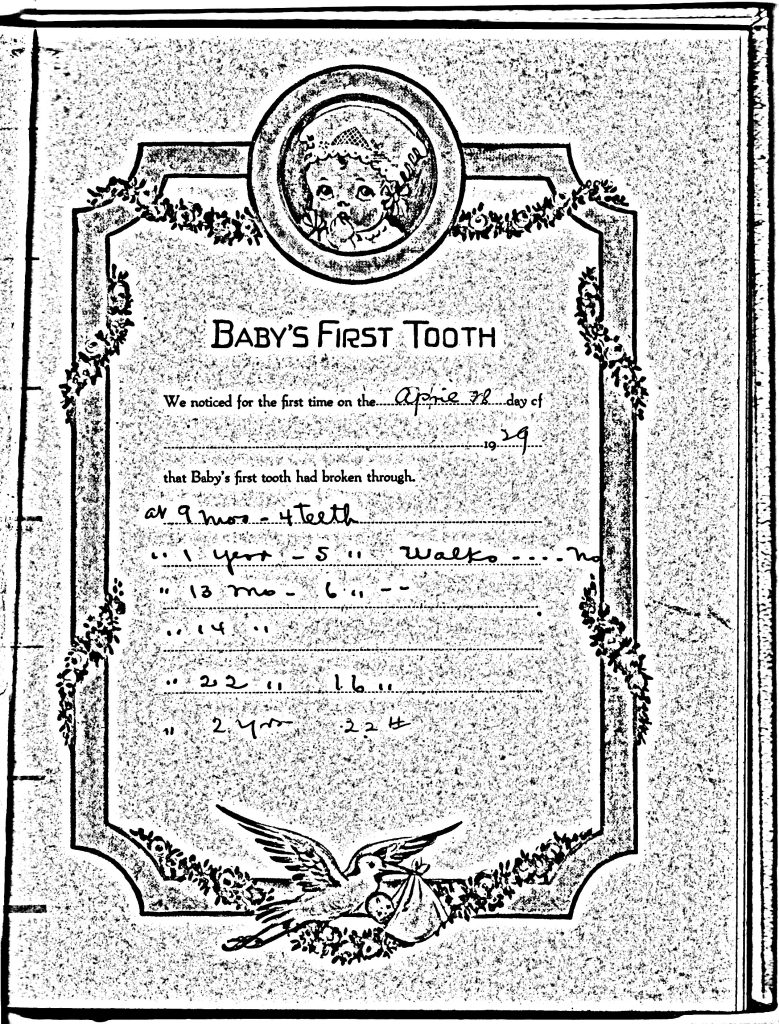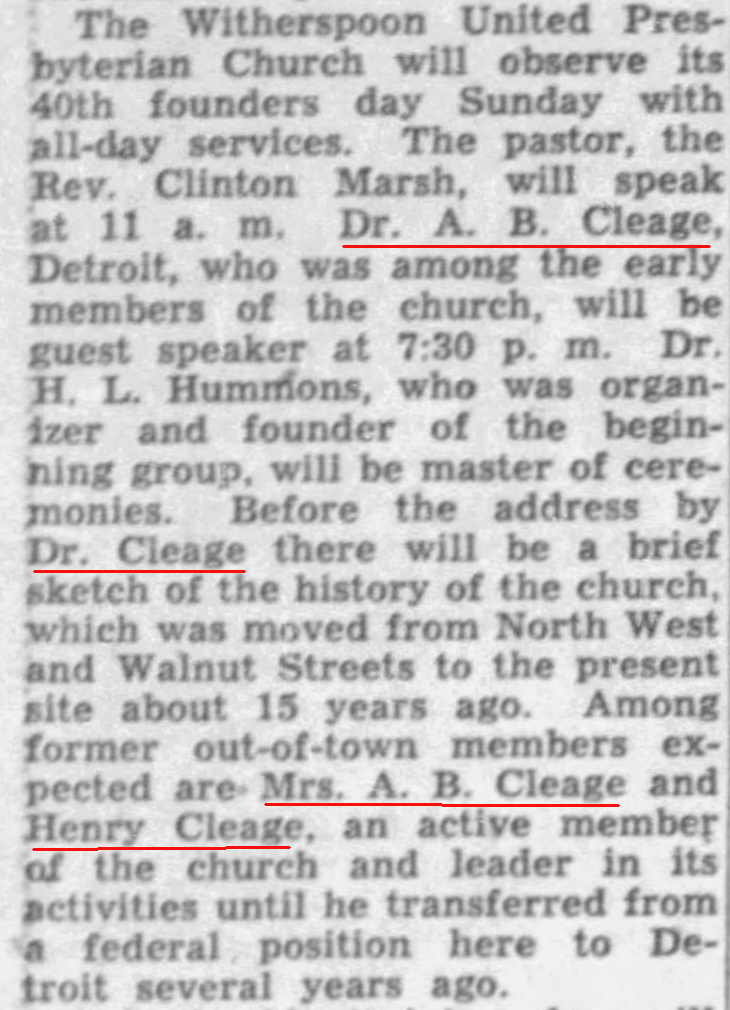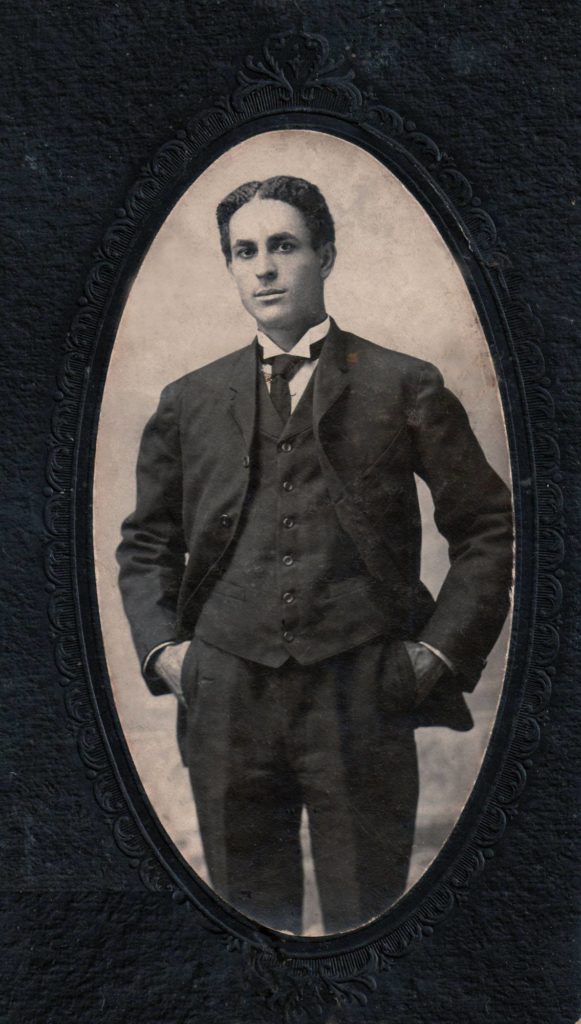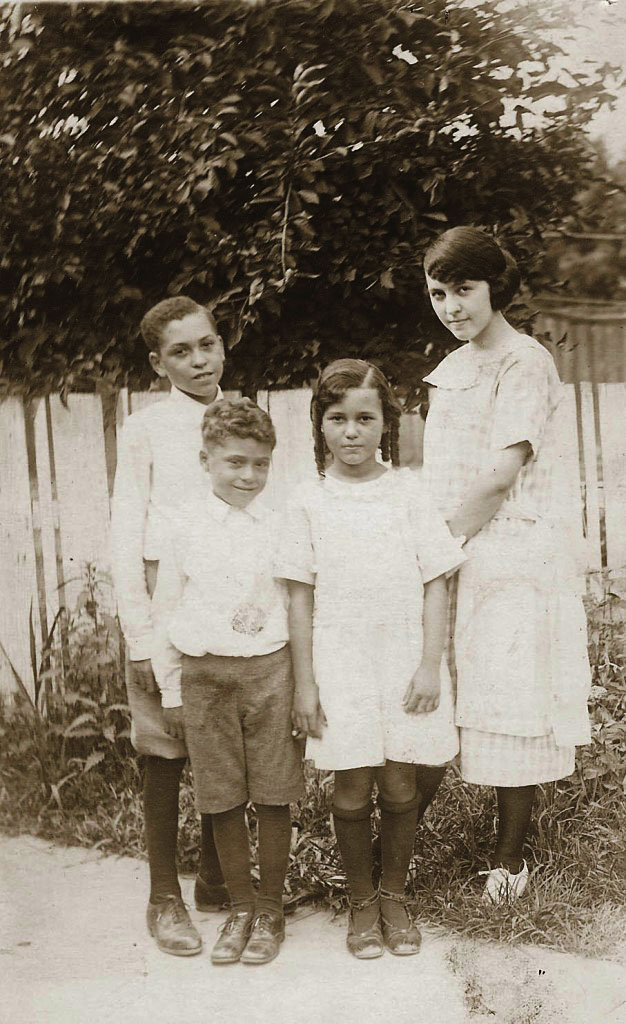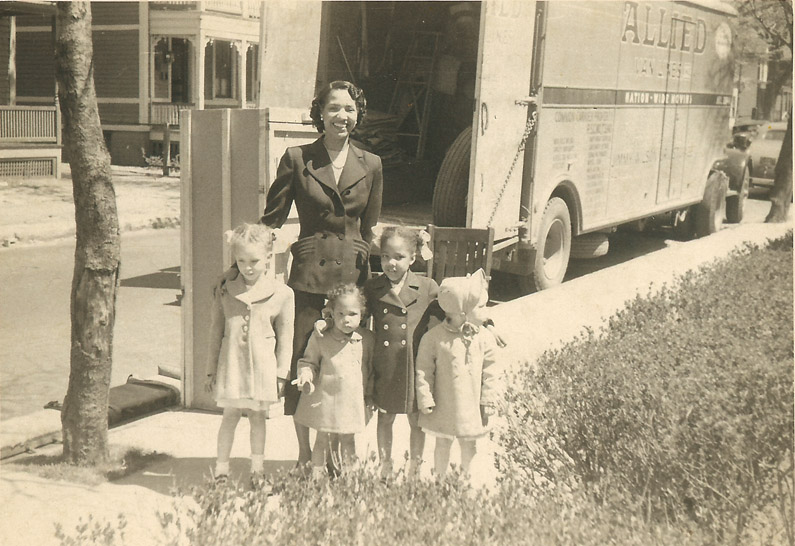REFLECTIONS
This was my twelfth year doing the A to Z Challenge. When I did my first challenge in 2013, there were over 1,800 participants. This year there were 179. I didn’t notice a big change in the number of comments. In fact, I may have gotten a few more this year. I was especially happy to get comments from several of my family members!
This year for the A to Z Challenge I posted an event for each date involving someone in my family tree. I had all of my posts pre-written. I did a bit of editing on the last few right before they published because I had left them since I had so much time and then forgotten. After reading On This Day in April by CRGalvin, I decided that every day during April I would also pick a happening from my family history that happened on that date.
I enjoyed finding the daily items and was able to make some new connections in my ancestors lives. When I do the A to Z Challenge, I have to look at my information in a different way. I look at facts that I may not have paid much attention to and find connections previously ignored.
You will find a list of my posts from this year here -> A to Z Challenge 2025 – April Family Happenings. I noticed some people are breaking down how many posts they did for men and how many for women this month. I did 13 for women (including two for me) and ten for men. With the remaining three about the founding of Witherspoon United Presbyterian Church including both.
I visited and commented on a variety of blogs. I did not attempt to visit all of them. These are the blogs I visited and commented on most days.
Anne’s Family History: family members matching the alphabet – Anne Young
Atherton’s Magic Vapour: a murder mystery – Melanie Atherton
A Multitude of Musings: personal growth and self-improvement – Astrid
Black and White: Bittersweetness & Light – Anne E.G. Nydam
Bold + Queer Kin: Melissa
CRACKERBERRIES: Empathy – Barbie
The Curry Apple Orchard: The Swinging Sixties – Linda Curry
Earlier Years: On This Day in April – CR Galvin
Family history across the seas: Airports, Airstrips, Aircraft, and Airlines – Cassmob (Pauleeen Cass)
How would you know…:Nonlinear memoir – Andrew Wilson
JillBallAu: jottings, journeys, joy – Jill Ball
Joy’s Book Blog: Activism – Joy Weese Moll
Living the Dream: personal musings – Susanne Matthews
Madly-in-Verse: all about Sarees – Nilanjana Bose
Musings of a Middle-Aged Mom: based on travel through Egypt, Turkey, and Greece – Lisa
Tell Me Another | personal stories, creative non-fiction: Books she loves – Josna Rege
Tracking Down The Family: The Earl Grey Orphan Scheme – Jennifer Jones
Very Important Stuff Here: Characters – tiredhamster
Thanks to the team that organizes the A to Z Challenge, to my husband who proof reads my posts and catches problems and to all those who read my posts and comment.












